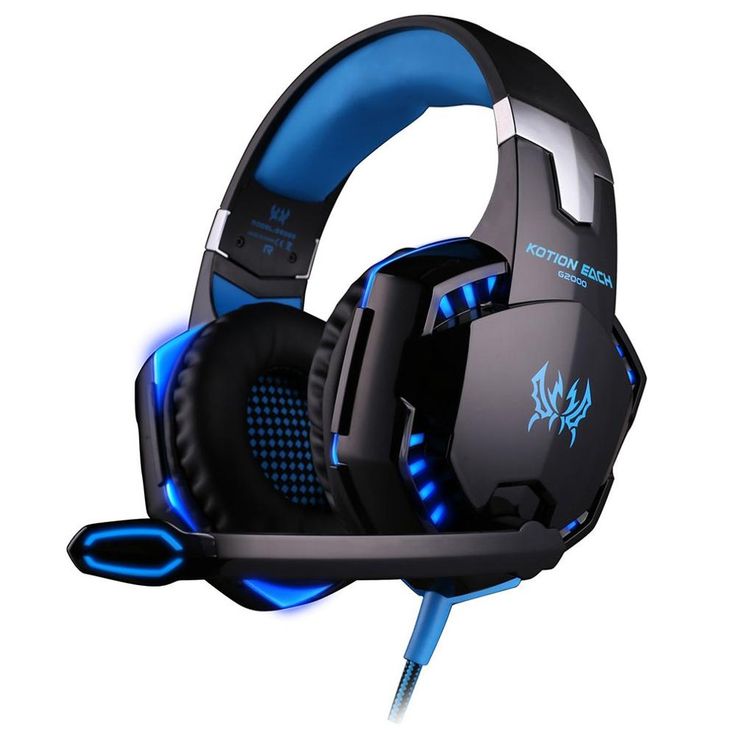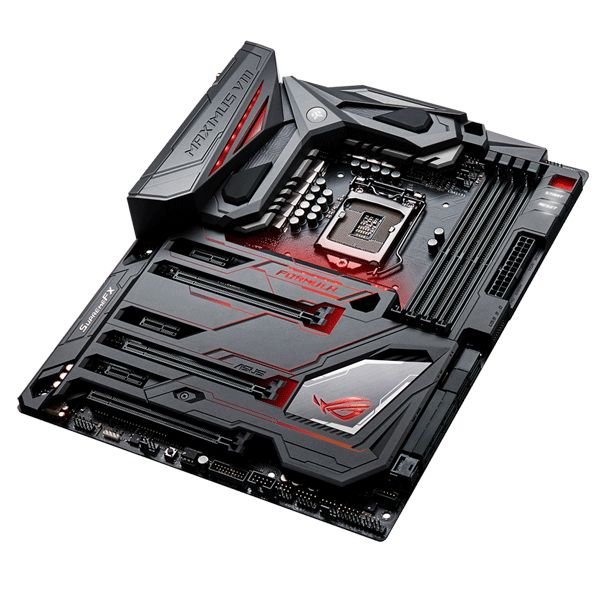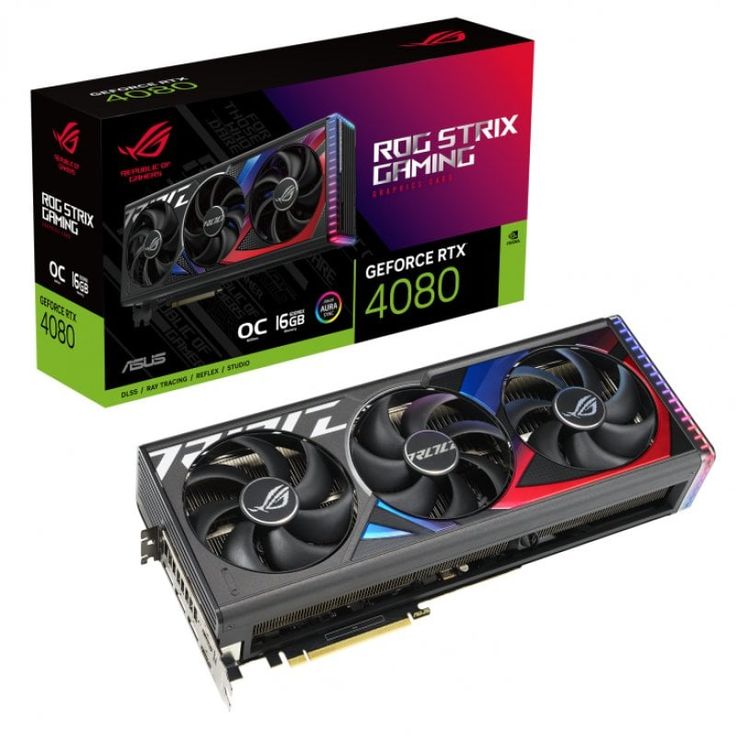VR gaming headset Trends and Buying Guide for 2023

Introduction
VR gaming headset technology has advanced rapidly in recent years, providing immersive virtual reality experiences for gaming and entertainment. With so many options on the market, it can be challenging to choose the right VR gaming headset. This buying guide outlines the latest VR gaming headset trends and factors to consider when making your purchase.
Latest Trends in VR gaming headset Technology
- Higher display resolutions and frame rates – New VR gaming headset models are pushing display resolutions up to 2K, 4K and even 8K per eye. Higher resolutions paired with 90Hz, 120Hz or 144Hz refresh rates result in crisper, smoother visuals.
- Wireless connectivity – Cord-free setups are becoming more common, eliminating the hassle of cable management. Popular wireless solutions include Oculus Quest 2, HTC Vive Focus 3 and Pico 4.
- Improved lens technology – Fresnel lenses and pancake lenses reduce weight and bulk while providing a wide field of view with minimized visual artifacts. Varifocal and liquid lens technologies enable dynamic focal depth.
- Eye tracking and face tracking – Sensors track eye movements and facial expressions, enabling foveated rendering for boosted performance and avatar mimicry for social presence.
- Hand tracking – Cameras in the headset track hand movements without the need for controllers, creating natural, intuitive interactions.
- Comfort and ergonomics – New adjustable head straps, face gaskets and balanced designs make extended VR gaming headset use more comfortable.
Key Specs and Features to Compare
When shopping for a VR gaming headset, here are some key factors to consider:
Display resolution – Higher resolution displays like 2K, 4K and 8K make visuals crisper with reduced screen door effect. Aim for at least 1080p per eye.
Refresh rate – 90Hz, 120Hz and 144Hz refresh rates lead to smoother visuals and less motion sickness during fast movement.
Lens type – Fresnel, pancake, and hybrid lenses affect field of view, visual clarity and form factor.
Wireless connectivity – Cord-free setups allow free movement and roomscale VR without tripping over cables.
Controllers – Quality motion controllers with good ergonomics and intuitive button/joystick layouts enhance gameplay.
Audio – Integrated headphones with spatial audio provide an immersive soundscape during VR use.
Platform compatibility – Headsets may be designed for PC VR, standalone or consoles. Choose one suited for your platform(s).
Roomscale and movement tracking – Headsets with outward-facing cameras allow 6DOF tracking over larger spaces.
Extra features – Hand tracking, eye tracking, facial tracking and haptic feedback make interactions more natural and immersive.
Also Read:
https://besraha-news.online/leading-smart-home-companies/
Top VR gaming headset Options in 2023
High-End PC VR Headsets
| Product | Key Features | Price |
| Valve Index | 2880×1600 display, 120/144Hz refresh rate, excellent controllers and roomscale tracking | $999 |
| HTC Vive Pro 2 | 5K resolution, 120Hz refresh rate, high-end audio and compatibility with SteamVR | $799 |
| HP Reverb G2 | 2160×2160 per eye, inside-out tracking, valve-designed audio | $599 |
The Valve Index remains the top high-end tethered option with its industry leading displays, refresh rates and natural input methods. The Vive Pro 2 is a close second with an ultra sharp 5K resolution display. The HP Reverb G2 is also compelling for its visual clarity.
Standalone VR Headsets
| Product | Key Features | Price |
| Meta Quest 2 | High resolution displays, 120Hz refresh rate, hand tracking, large content library | $399 |
| HTC Vive Focus 3 | 5K display, 120Hz refresh rate, compatibility with PC VR | $1,099 |
| Pico 4 | Ultra compact form factor, high resolution displays, inside-out tracking | $429 |
For those seeking a simple cord-free setup, the Meta Quest 2 remains the most popular choice with its vast software library and approachable price. The Vive Focus 3 offers high resolution visuals and can connect to a gaming PC. The Pico 4 stands out for its incredibly compact, lightweight design.
Console VR Headsets
| Product | Key Features | Price |
| PlayStation VR2 | 2000×2040 per eye OLED displays, inside-out tracking, PS5 integration | $599 |
| Meta Quest 2 | Works with Xbox and PC via streaming, large VR content library | $399 |
Sony’s upcoming PSVR 2 headset will provide a cutting-edge VR experience tailored for PS5 consoles. The Quest 2 is also a solid pick for console owners thanks to streaming integration.
Factors to Consider When Choosing a VR gaming headset
Intended Use Case
Here are some common use cases and their ideal headset attributes:
PC VR gaming – Tethered headset with high resolution, framerate, FOV and motion controllers. E.g. Valve Index, Vive Pro 2.
Standalone VR gaming – All-in-one headset with tracking and motion controllers. E.g. Meta Quest 2, Pico 4.
Console VR gaming – Headset designed for seamless integration with console platform. E.g. PSVR 2.
Simulation and training – Enterprise headsets with high visual fidelity. E.g. Varjo headsets.
Social VR and media – Standalone headset optimized for avatars and streaming video. E.g. Meta Quest 2.
Room Size and Setup
Headsets like the Valve Index support large roomscale tracking spaces, while others only allow standing or seated use. If you have a spacious dedicated VR room, choose a headset with outward-facing sensors for full movement.
Comfort and Ergonomics
Consider aspects like weight, adjustability, and weight distribution when wearing the headset. Lighter, better balanced designs with adjustable straps will be more comfortable for longer sessions. Replaceable face gaskets are also beneficial.
Ease of Use
Factors like setup complexity, software ecosystem, and controller design affect how easy a headset is to use. Streamlined standalone headsets like the Quest 2 provide a hassle-free out-of-box experience.
Future Proofing
Assess how upgradable the headset is in terms of facets like display panels, lenses, and headphone modules. Modular designs allow upgrading certain components down the road.
The Future of VR gaming headset Tech
The VR gaming headset market will continue evolving rapidly in coming years. Here are some exciting developments on the horizon:
- Higher resolution “retina” displays approaching 12K per eye
- Curved and wrap-around displays covering more FOV
- Eye tracking and foveated rendering becoming standardized
- New lens materials like pancake lenses for compact form factors
- Seamless blending of AR and VR capabilities
- Enhanced hybrid tracking systems combining inside-out and external
- Haptic gloves and full body haptic suits for realistic touch feedback
- AI integration for responsive digital humans and enhanced interactions
- Neural interfaces for controlling VR hands-free via brain signals
As the technology matures, VR gaming headsets are poised to become increasingly immersive portals into virtual worlds. The next generation of headsets promises to take realism and connection to new heights for gaming, entertainment and human interaction. With rapid innovation underway, the future looks incredibly exciting for VR gaming headset enthusiasts.
Conclusion
From high-end PC VR headsets to standalones to upcoming consoles VR integration, VR gaming headset tech provides immersive gaming experiences like no other platform. With factors like intended use, room size, comfort, ease of use and future upgradeability in mind, you can select the ideal VR gaming headset matching your needs and budget. As the technology continues advancing rapidly, VR gaming headsets will unlock gaming realism like never before seen.







